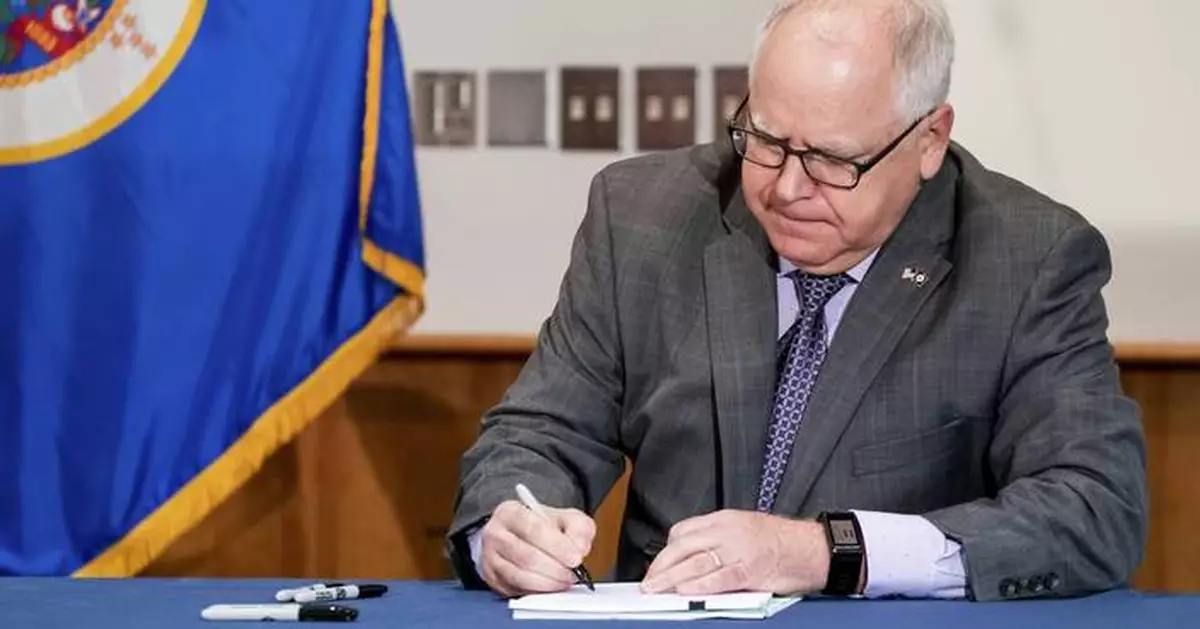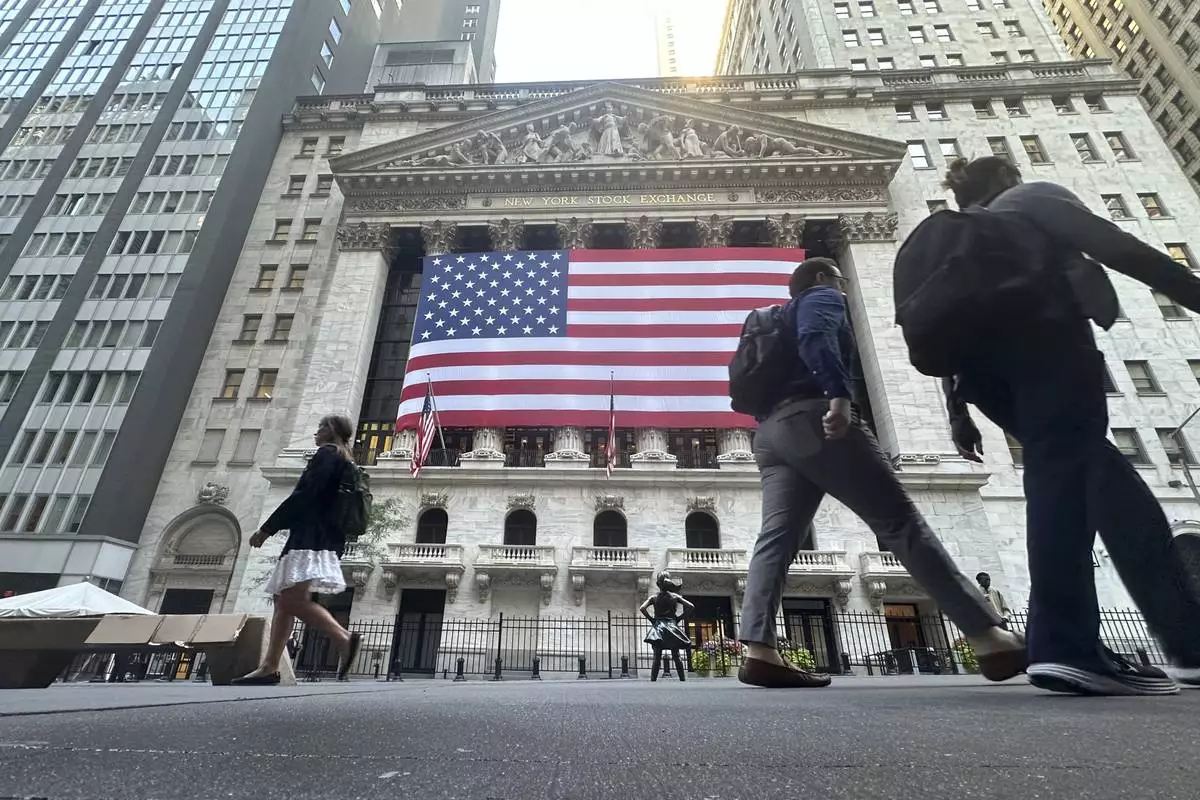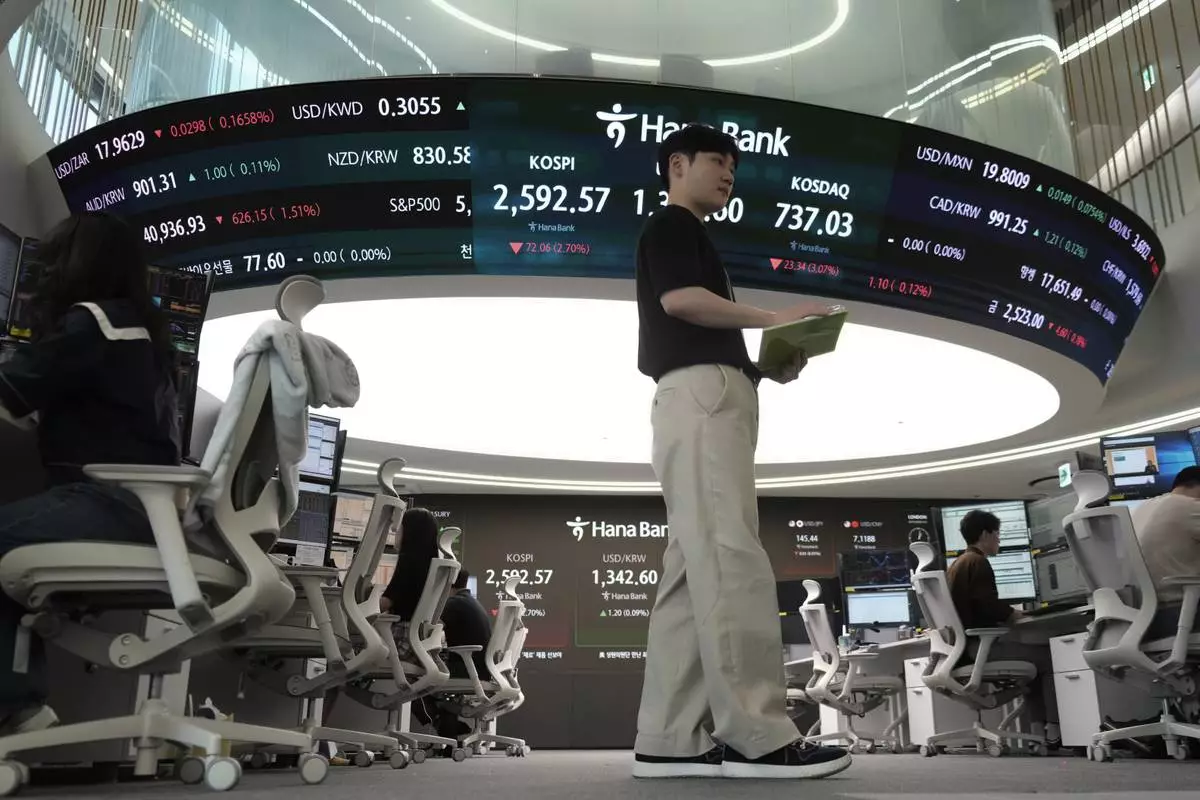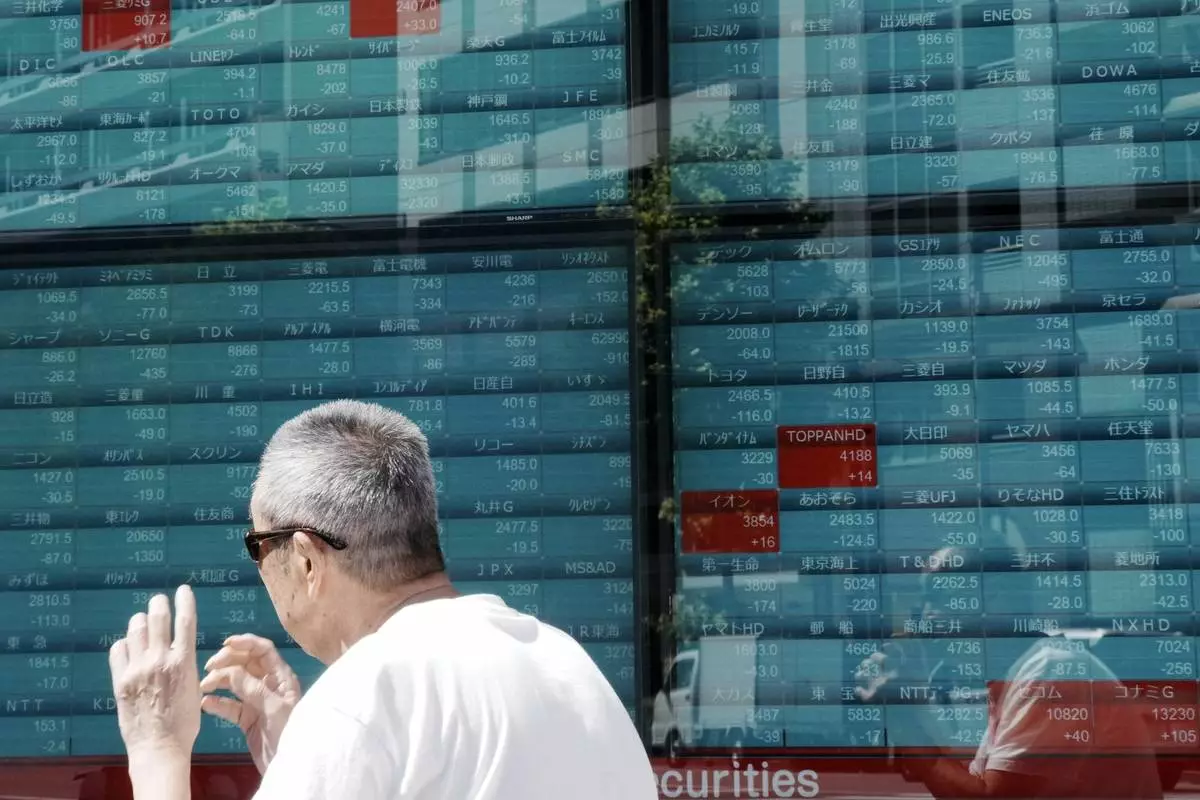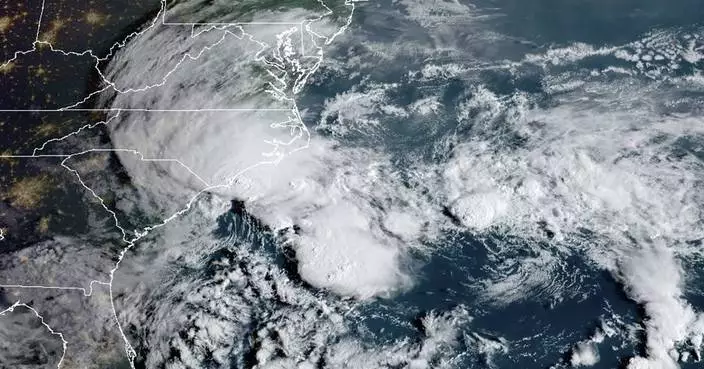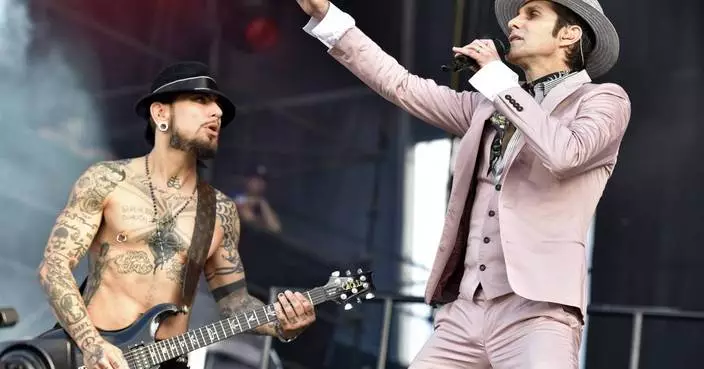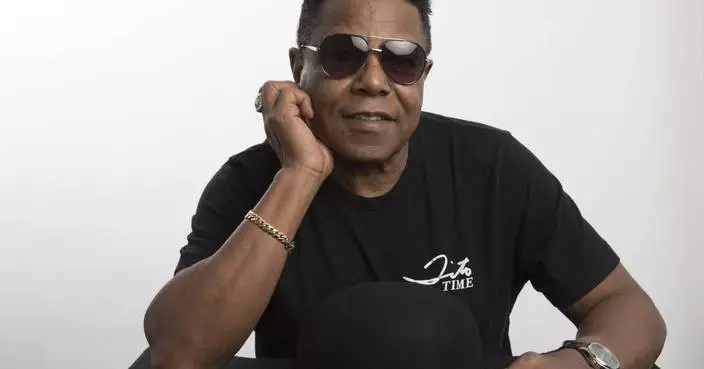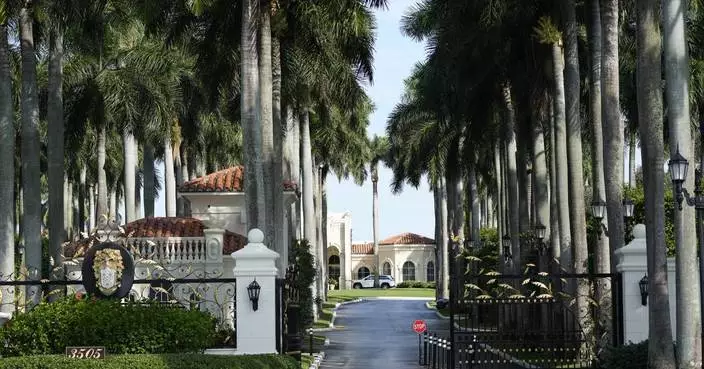MINNEAPOLIS (AP) — Kamala Harris' selection of Minnesota Gov. Tim Walz to be the Democratic vice presidential candidate has revived the debate over how he handled the biggest crisis of his political career.
Minneapolis and St. Paul erupted after a white Minneapolis police officer killed George Floyd. The Black man’s murder in 2020 sparked a nationwide reckoning over racial discrimination and police misconduct. What the governor did — or failed to do — during the protests and their aftermath still draws sharp criticism from Republicans who say he should have acted sooner. And some progressives complain that Walz was not assertive enough in fixing the state's police agencies.
Here are some takeaways about about how Walz handled the protests and police reform efforts:
Floyd was killed on May 25, 2020, Memorial Day. Bystander video of his dying cries of “I can’t breathe” spread quickly, stoking outrage. The protests were mostly peaceful at first, albeit with some vandalism and clashes with police.
Major looting started on May 27, two nights later. The police chief asked Minneapolis Mayor Jacob Frey to seek help from the National Guard. Walz, a 24-year National Guard veteran, approved a limited activation on May 28 though he continued to leave most of the response in the hands of local authorities.
The destruction only worsened that night. Protestors took control of the 3rd Precinct police station, which was torched.
On May 29, Walz criticized the “abject failure” of the city’s response. He ordered a full mobilization of the Guard on May 30 and calm returned, but not before more than 1,500 businesses and buildings had been damaged, at a cost estimated to be nearly $500 million.
The Republican-controlled Minnesota Senate held hearings that July. The final report in October 2020 blamed a failure of executive leadership at the state and local level and a hesitation by the Democratic governor and city leaders to confront their ideological allies.
“Governor Walz, his administration and Mayor Frey failed to realize the seriousness of the riots and the danger to Minnesotans if rioters were not confronted and stopped,” the Senate GOP report said. “Both Governor Walz and Mayor Frey failed to act in a timely manner to confront rioters with necessary force due to an ill-conceived philosophical belief that such an action would exacerbate the rioting.”
Nonpartisan reviews also found problems with the response.
A report by the nonprofit Wilder Research, commissioned by the state, cited a lack of clear leadership early on. The report said the state did not set up a multiagency command center until too late, four days after Floyd was killed. It also said the National Guard was mobilized too late.
A separate after-action report commissioned by the city said Minneapolis officials were unfamiliar with the process for requesting assistance from the Guard, and that held up the approval and deployment of troops.
Meanwhile, Walz has said he and other officials rose to the occasion.
“Sitting on the sidelines and critiquing, that’s not what being governor is. It’s making the hard decisions at the time,” Walz said during a gubernatorial debate in 2022. He said the way local, state and federal authorities worked together should serve as model. “I’m proud of Minnesota’s response.”
During recent appearances in Minnesota, Donald Trump falsely claimed that he personally was responsible, while president, for deploying the Guard. It was actually Walz who gave the orders.
“Every voter in Minnesota needs to know that when the violent mobs of anarchists and looters and Marxists came to burn down Minneapolis four years ago — remember me? — I couldn’t get your governor to act,” Trump, the Republican presidential nominee, said in July. “He’s supposed to call in the National Guard or the Army. And he didn’t do it.”
That contrasts sharply with the praise that Trump heaped on Walz in 2020, as the dust settled on the crisis. Two days after Walz ordered the full mobilization, the then-president told governors and administration officials that Minnesota’s chief executive had been doing a stellar job.
“What they did in Minneapolis was incredible. They went in and dominated, and it happened immediately,” Trump said, according to an audio recording of the conference call. The audio shows that Trump didn’t criticize the governor at the time. “Tim, you called up big numbers and the big numbers knocked them out so fast, it was like bowling pins,” Trump said.
Two nonpartisan external reviews, released in March 2022, found shortcomings in the city and state responses.
In the months after the riots, Walz urged sweeping changes and signed police accountability packages in 2020, 2021 and 2023.
Michelle Gross, president of Communities United Against Police Brutality, said Walz was largely unreceptive to policies that would have led to more meaningful improvements. She pointed to stalled efforts to end a judicial doctrine known as qualified immunity, which shields police officers from liability for misconduct, and another proposal to increase the statute of limitations for police wrongful death cases.
Political allies have defended his push for changes.
The state's attorney general, Keith Ellison, who won convictions of the four officers charged in Floyd’s death, said Walz found himself in an “impossible situation” during the summer of 2020. Nevertheless, Ellison said, the governor balanced the concerns of a grieving city with threats to public safety.
“Somebody’s loved one is killed by the police, and you can’t restore that person because death is final,” Ellison said. “The best you can do is hold the (police) accountable.”
Ben Crump, the influential civil rights attorney who represented Floyd’s family, praised Walz as a “concerned and compassionate leader” for a grieving community.
“All leaders who are bold enough to actually lead face scrutiny and criticism, with some believing they went too far and others not far enough," Crump said. "That is usually an indication that they found a necessary middle ground.”
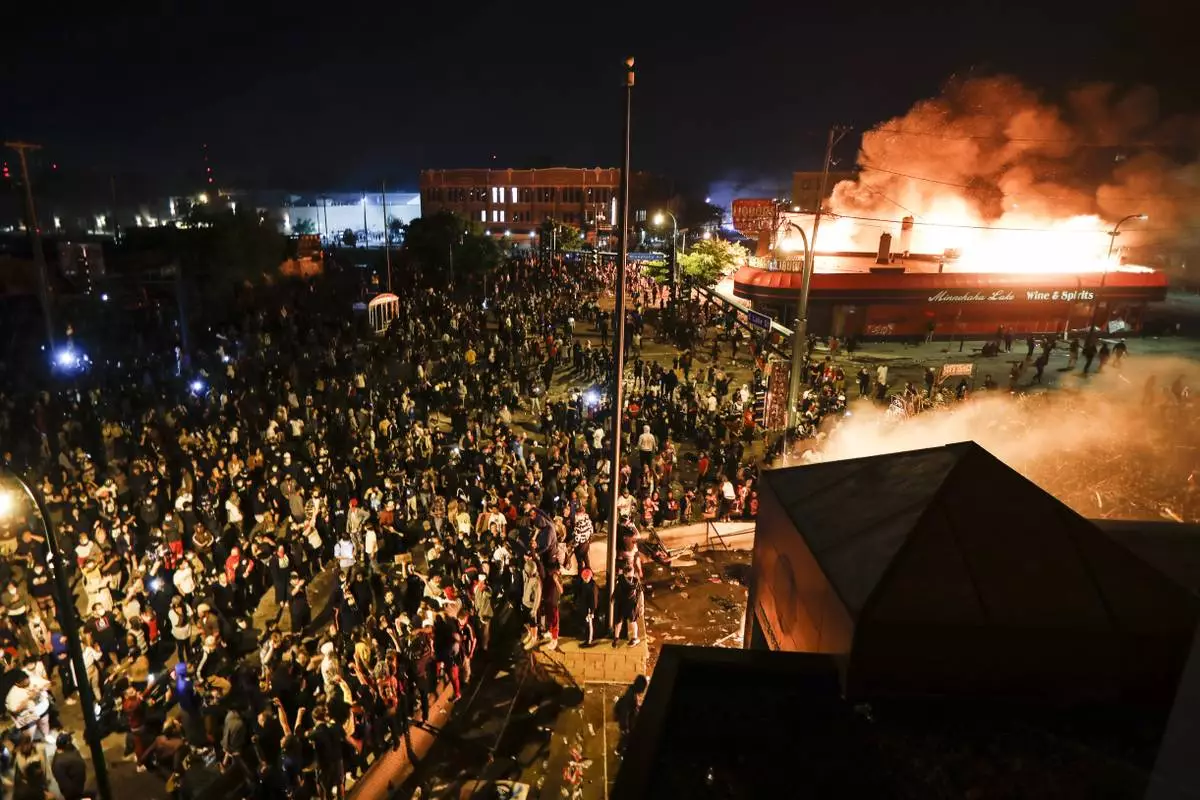
FILE - Protestors demonstrate outside of a burning Minneapolis 3rd Police Precinct, Thursday, May 28, 2020, in Minneapolis, in the wake of the death of George Floyd, a black man who died in police custody earlier in the week. (AP Photo/John Minchillo, File)
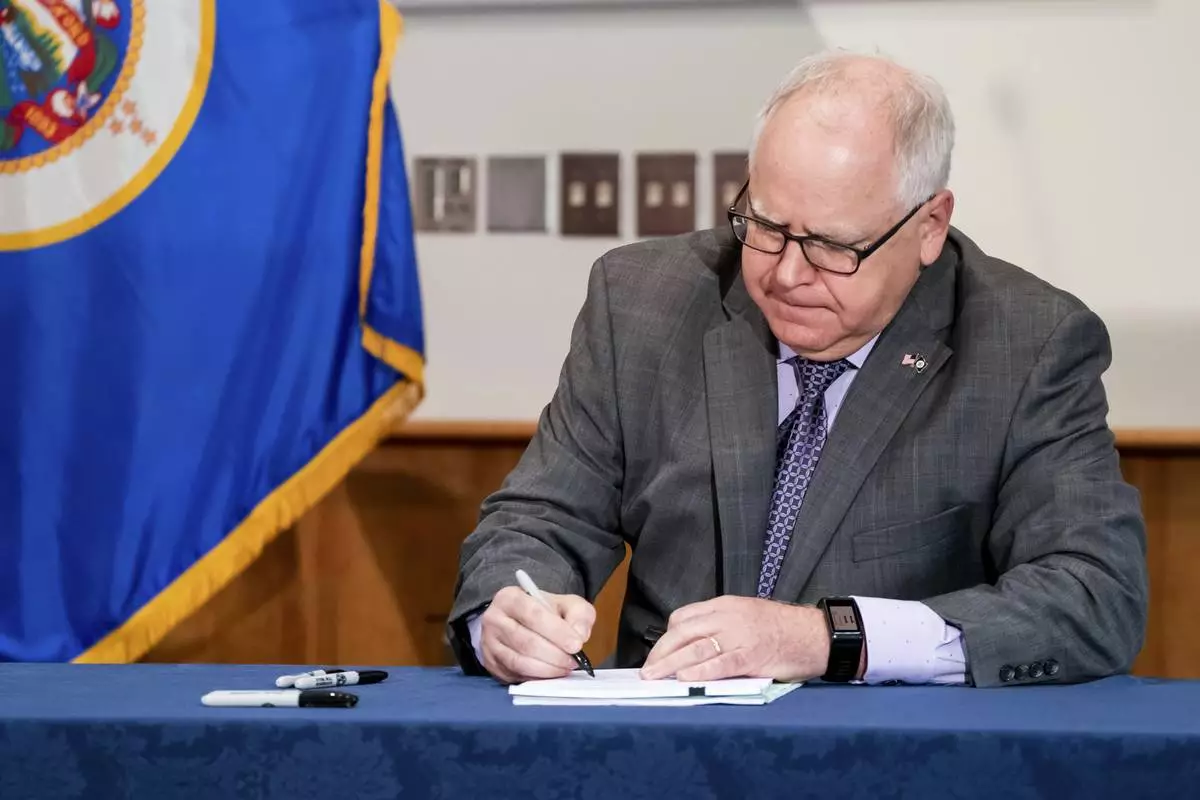
FILE - Gov. Tim Walz signs into law a sweeping package of police accountability measures in St. Paul, Minn., on July 23, 2020, including a ban on neck restraints, in the wake of George Floyd's death. (Glen Stubbe/Star Tribune via AP, File)


